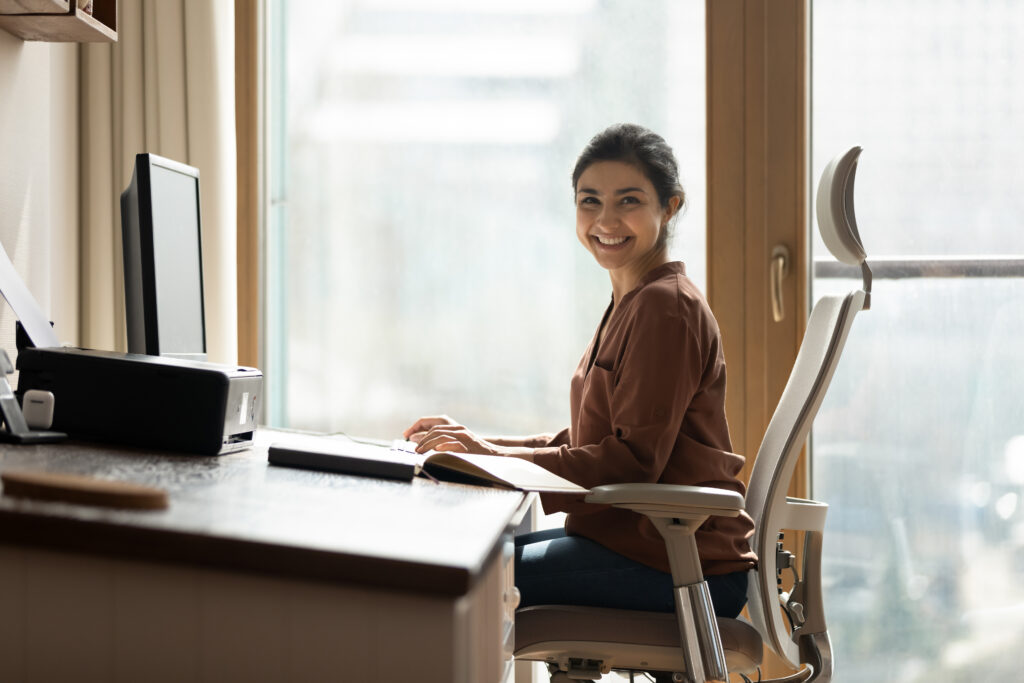
HELPING PEOPLE WITH DESK-BOUND JOBS TO BE COMFORTABLE & HEALTHY
Sitting for prolonged periods of time is not a luxury but rather a necessity that people of different professions need to go through to make ends meet.
Unfortunately, sedentary lifestyle is bad.
Our mission is to help you sit in comfort, maintain good posture and be healthy.